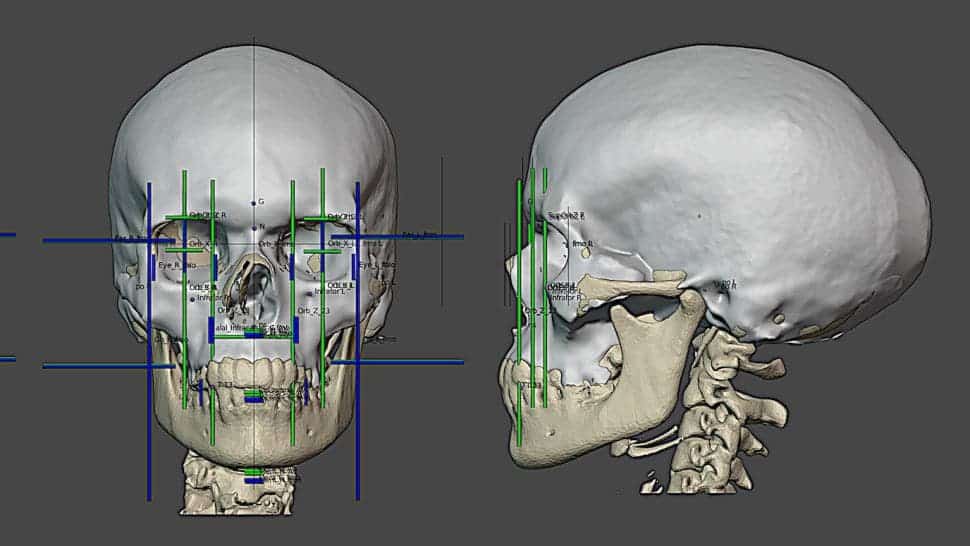In the late 19th century, archaeologists found an ancient human skull deep inside the cave of Mladeč, in what is now the Czech Republic. Using limited forensic techniques, initially, the researchers thought the skull was 31,000 years old and belonged to a male. They got the dating right, but not the sex.

Now, almost a century and a half later, scientists have returned their attention to the Mladeč 1 skull, revealing previously unknown intimate details about the life of this ancient individual. Over the course of their modern investigation, the team of researchers found the skull actually belonged to a 17-year-old female who lived between 43,000 to 26,000 years ago. They also went the extra mile and used 3D graphics tools and forensics techniques to reconstruct her face.
The researchers, which include Cicero Moraes, a Brazilian graphics expert, Jiří Šindelář, a surveyor with local surveying company GEO-CZ, and Karel Drbal, deputy director of the Cave Administration of the Czech Republic, gathered all the studies and data they could find on Mladeč 1. These included original measurements of the skull and descriptions of the dig.
Additionally, they performed a computed tomography (CT) scan of the skull. However, there was one problem: it was missing the lower jaw. In order to fill in the blanks, the researchers collected 200 CT scans from modern humans and archaeological excavations, then used statistical methods to find the estimated jaw shape that best fits the Mladeč skull.

Moraes then applied soft tissue thickness markers across the 3D digital reconstruction of the skull, which is where things like tendons, muscles, and skin attach to shape an actual human face. However, there was only so much he could do with all this data, as the shape and size of the nose, mouth, and eyes cannot be determined this way.
To complement the data, the researchers “imported CT scans of live subjects and deformed the bones and soft tissue from the CT scan to match the face being approximated,” Moraes told Live Science. “In the case of the Mladeč 1 fossil, we deformed two CT scans, one of a man and one of a woman, and the two converged to a very similar result.”
Although the original digs found stone artifacts, bone tips, and several teeth, we know almost nothing about this young woman, but it’s remarkable to be able to imagine what she might have looked like. The end result is the enthralling portrait of a young woman who died too young during very scary and uncertain times when our species was still wandering the world looking for its place. It would be more than 20,000 years until humans invented agriculture, writing, medicine, and all the basic amenities of life we now take for granted.
The researchers described their work in an online paper.






